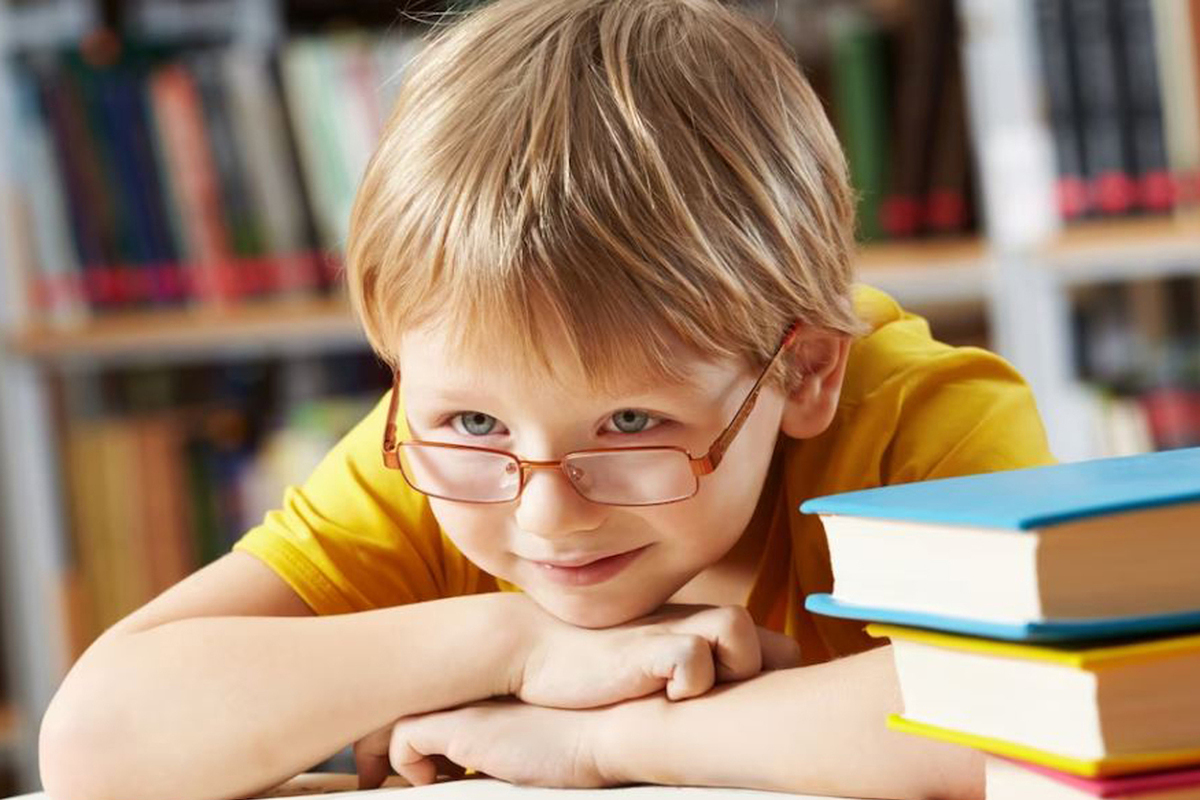In order not to wear glasses: an ophthalmologist gave advice to parents of schoolchildren
[ad_1]

Autumn has become a test for children’s eyes
Autumn and the beginning of the school year is the period when the health of the child becomes a real headache for the parent. A sharp increase in load, seasonal infections and weakened immunity cause the development of not only “standard” SARS, but also various eye diseases. In addition to observing basic hygiene measures, preventing seasonal diseases and strengthening immunity, doctors recommend not forgetting to visit a pediatric ophthalmologist to check the visual acuity of a schoolchild. This is especially true for young representatives of the “risk groups” for myopia – children aged 6-7 years, whose relatives have already been diagnosed with myopia.
According to WHO, myopia is the most common visual impairment. It is diagnosed in 2–3.5 billion people worldwide, with 265–369 million cases occurring in children and adolescents.
The development of myopia in children of primary and secondary school age is preceded by disturbances in accommodation – the ability of the eye to clearly see objects at different distances, thanks to which the eye can shift focus from close to far and vice versa. One of the key causes of such violations is the long-term use of gadgets. Moreover, if adults more often use computers and laptops, which are located at a distance from their eyes, then children from the first years of life get used to phones and tablets, which they hold practically in front of their faces. Another important factor is a serious study load, reading and writing, as a result of which the child’s eyes adapt to working at close distances, but distance visual acuity decreases. This causes the so-called “school myopia” syndrome.
How to notice accommodation disturbances and developing myopia in time:
the child squints;
the child complains about double vision;
the posture changes when writing – the child leans strongly over the notebook;
headache complaints.
To prevent disturbances of accommodation and the development of myopia, it is important to adhere to the principles of a healthy lifestyle. For children, this means regular physical activity, daily walks, and reasonable limiting of gadget use. “It is important to remember the need for outdoor activities, including during the school year. Even if the child spends the whole summer in the country or at sea, unfortunately, it will not work to make up for the “lost” during the study. The strain on the eyes faced by school-age children cannot be compensated by holidays. You need to remember the 20-20-20-2 rule. After every 20 minutes of visual work, you need to take a break of 20 seconds and look at distant objects at a distance of at least 20 feet (6 meters), and also spend at least 2 hours a day in the fresh air, ”advises an ophthalmologist, a member of the European academy of orthokeratology and myopia control EuroOK Marina Makhova.
Children of preschool and school age are advised to visit a pediatrician or pediatric ophthalmologist annually. If during such a preventive examination, accommodation disorders are found, the specialist may recommend means that reduce the tension of the pupillary muscle. So, for example, mydriatic eye drops, as a rule, are prescribed by a doctor 4 times a year, with long courses of up to a month. They can be used from the age of six and, with regular use, can improve the condition of the eye muscle, delaying the development of myopia. According to studies, products with phenylephrine and hypromellose, a substance that allows the drug to stay longer on the ocular surface, are more effective, increasing its effectiveness.
If the diagnosis of myopia (myopia) has already been made, then in addition to treatment with mydriatics, the doctor will help you choose glasses. Also, in children from the age of three, daily contact lenses can be used. Another solution is night lenses that allow you to correct vision during sleep – you do not need to use other means during the daytime.
Simple Steps to Protect Children’s Vision Health
Compliance with the regime of the day: sufficient sleep, regular outdoor activities and physical activity.
Regular rest for the eyes: changing types of eye strain – after working with objects that are close (book / screen), you need to look into the distance and blink frequently for a minute to moisten the surface of the eye.
Properly organize home lighting: prevent rays from falling directly into the eyes, place the lamp on the left for right-handers and on the right for left-handers.
Make it a habit to check your eyes: while walking, you can ask your child to read a sign or name a passing car, offer a game or competition in mindfulness – for example, who will notice the most people in red hats.
Newspaper headline:
Returned to class – take care of your eyes
[ad_2]
Source link








